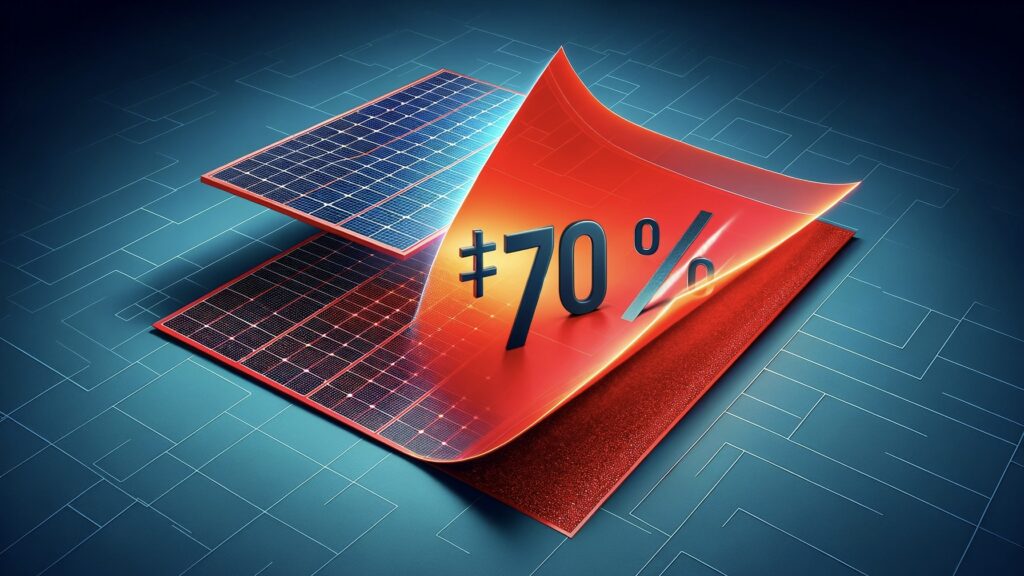Scientists from the University of Surrey, the University of Cambridge, the Chinese Academy of Sciences, Xidian University, and Zhengzhou University have developed a new type of dual-sided solar panel that could reduce the costs of traditional solar panels by 70%.
A new era in solar panels: Costs reduced by 70% with the new alternative
These new solar panels, developed using carbon nanotubes, significantly reduce production costs. The nanotubes are used in the electrodes on both the front and back sides of the panels.

These nanotubes have a diameter of only 2.2 nanometers and when 45,000 of them are combined, they form a structure thinner than a piece of paper. Despite this, these panels can produce 36 milliwatts of electricity per square meter, equivalent to about 360 watts per square meter. Traditional solar panels generate approximately 200 watts per square meter.
This new type of dual-sided solar panel differs from traditional solar panels in several significant ways:
- Use of Carbon Nanotubes: While traditional solar panels typically use silicon-based materials, these new alternative panels utilize carbon nanotubes. These nanotubes, only 2.2 nanometers in diameter, are optimized for high electricity production.
- Low Cost: The use of carbon nanotubes makes these panels 70% cheaper than traditional solar panels. This represents a significant reduction in production and material costs.
- High Efficiency: These alternative panels achieve up to 97% efficiency in energy production on the back surface, thanks to the dual-sided design and nanotubes. Traditional solar panels usually have an efficiency of between 75% and 95% on the front surface.
- Dual-Sided Energy Production: These panels are designed to generate energy on both the front and back surfaces, effectively capturing and converting sunlight.
- Broad Application Possibilities: The development of these panels provides an opportunity to use solar energy more efficiently and economically, which could increase their use in various environments and conditions.
- While dual-sided solar panels are not a new concept, these alternative panels equipped with nanotubes offer much higher efficiency on the back surface. They efficiently convert both direct sunlight and environmental diffused light into energy.

This alternative to solar panels marks a significant breakthrough in solar energy technology and encourages the broader use of environmentally friendly energy solutions. With lower costs and higher efficiency, this technology has the potential to shape the future of solar energy.
You can find the full results of this research in the scientific journal Nature Communications. What are your thoughts on this new technology? Share your opinions in the comments section below.














